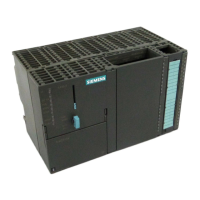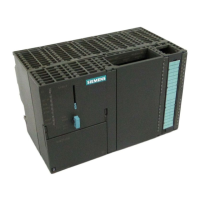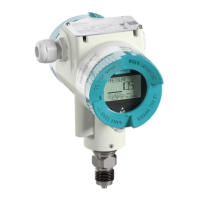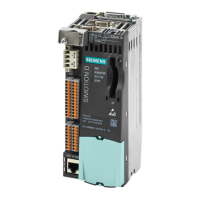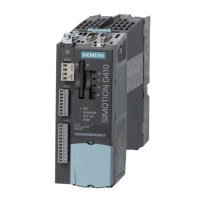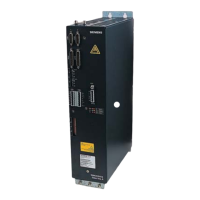Networking
7-107
E Siemens AG, 2003 All rights reserved
SIMOTION C230-2, 04.2003 Edition
Rules for laying cables
PROFIBUS bus cables should not be twisted, stretched or compressed.
Also, you must observe the following general conditions when routing the interior
bus cable (d
A
= outside diameter of cable):
Table 7-3 General conditions for routing the interior bus cable
Features
General conditions
Bending radius when bent once w 80 mm (10 d
O
)
Bending radius when bent several times w 160 mm (20 d
O
)
Permissible temperature range when laying cables – 5_ C to + 50_ C
Operating temperature range in storage and in situ – 30_ C to + 65_ C
7.2.2 Bus connector
Purpose of the bus connector
The bus connector is used to connect the PROFIBUS bus cable to the
PROFIBUS DP interfaces (X8, X9). This is how you make the connection to other
nodes.
The following bus connectors are available:
S Up to 12 Mbit/s, cable outlet 90_
– Without steel conduit thread socket (6ES7 972-0BA11-0XA0 or
6ES7 972-0BA50-0XA0)
– With steel conduit thread socket (6ES7 972-0BB11-0XA0 or
6ES7 972-0BB50-0XA0)
S Up to 12 Mbits/s, angular outgoing cable
– Without steel conduit thread socket (6ES7 972-0BA40-0XA0)
– With steel conduit thread socket (6ES7 972-0BB40-0XA0)

